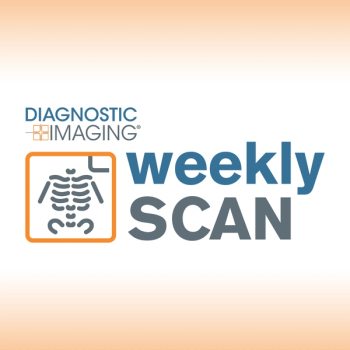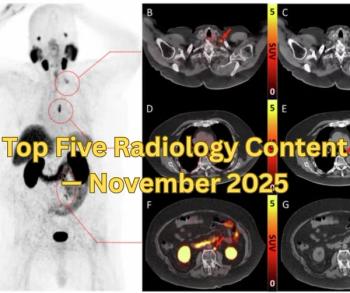
Cardiac CT progresses in evaluating myocardium
Cardiac CT is moving closer to competing with MR in imaging damage to the myocardium caused by infarction. A group of researchers from Aachen University of Technology in Germany presented three studies related to this ongoing race.
Cardiac CT is moving closer to competing with MR in imaging damage to the myocardium caused by infarction. A group of researchers from Aachen University of Technology in Germany presented three studies related to this ongoing race.
Dr. Andreas H. Mahnken, a radiologist at Aachen, and colleagues found that 16-slice CT can reliably assess left ventricular volumes and regional wall motion at rest. They reached this conclusion by comparing multislice CT with MRI in pigs. But 16-slice CT cannot assess functional parameters that directly depend on temporal resolution, Mahnken said.
In a second study, the Aachen group performed reperfused contrast-enhanced cardiac multislice CT (16 slice, 50 kVp, 500 mAs) and late-enhancement 1.5T MRI in 28 myocardial infarction patients. The results showed good agreement between MRI and late-enhancement CT. The findings were poorer but still within a good range when MRI and early-phase CT were compared, Mahnken said.
On early- and late-phase CT, density values of infarcted myocardium were significantly different from those of viable myocardium.
"We routinely use coronary CT angiography, but for this study, we wanted to determine what other information could be obtained with a lower CT dose," Mahnken said. "We found that delayed contrast-enhanced CT at a lower dose is as reliable as delayed contrast-enhanced MR to assess infarct size."
The third study determined that perfusion-weighted color maps from cardiac CT data improve detection of acute myocardial infarction. The researchers developed a software tool for semiautomated detection of the long axis of the left ventricle and assignment of left-ventricular segments. The software color-codes changes in the myocardial contrast enhancement pattern. Normal myocardium is encoded in green and infarction in blue.
The group used cardiac CT (120 kVp, 550 mAs) and late-enhancement MR to examine 15 patients. MRI showed acute MI in 78 of 255 myocardial segments. Routine CT correctly detected MI in 58 segments (74% sensitivity, 96% specificity). Using the color-coded maps, observers increased sensitivity to 83%, identifying MI in 65 segments.
Newsletter
Stay at the forefront of radiology with the Diagnostic Imaging newsletter, delivering the latest news, clinical insights, and imaging advancements for today’s radiologists.


























